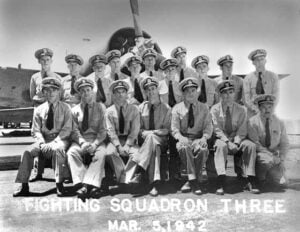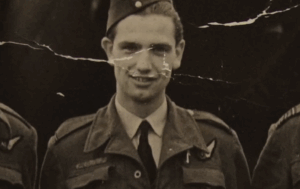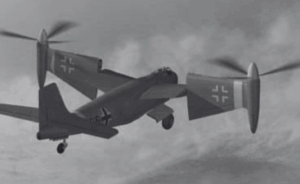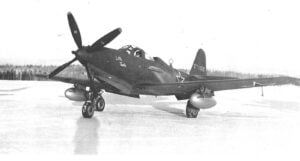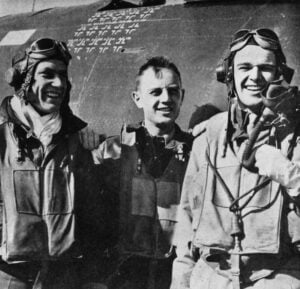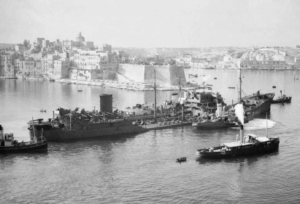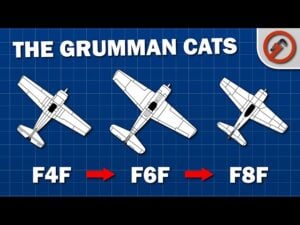The Forgotten Hero of WWII Heavy Bomber’s Anti-Submarine Role
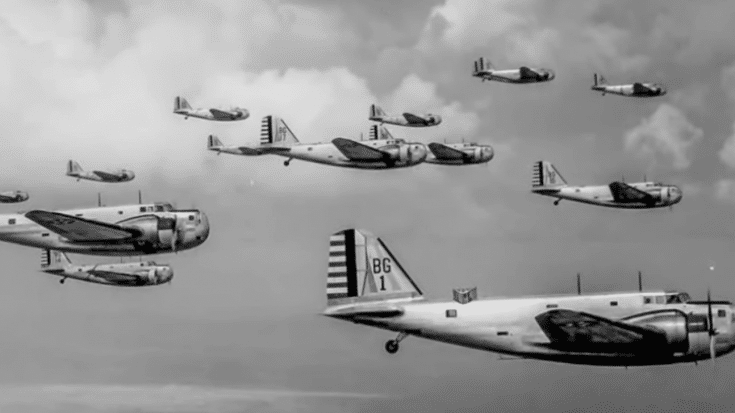
HistorybehindtheBlade / YouTube
During World War II, the Douglas B-18 Bolo, originally designed as a medium bomber, was adapted for anti-submarine warfare. Although often overshadowed by more advanced aircraft, the B-18 played a crucial role in protecting Allied convoys from German submarines, especially in the early years of the war. Its missions required courage, strategy, and perseverance, as crews faced dangerous weather, limited technology, and relentless enemy threats. We explore the often-overlooked contributions of the B-18 and the men who flew it during these critical missions.
Preparing for Dangerous Missions
Each anti-submarine patrol began well before sunrise. Crews would assemble in the briefing room, where they analyzed intelligence reports and navigation charts for signs of submarine activity. Radar operators, bombardiers, and pilots reviewed their specific responsibilities while being reminded of the importance of maintaining radio silence. Weather officers often cautioned them about the region’s unpredictable storms, which could severely impact the mission.
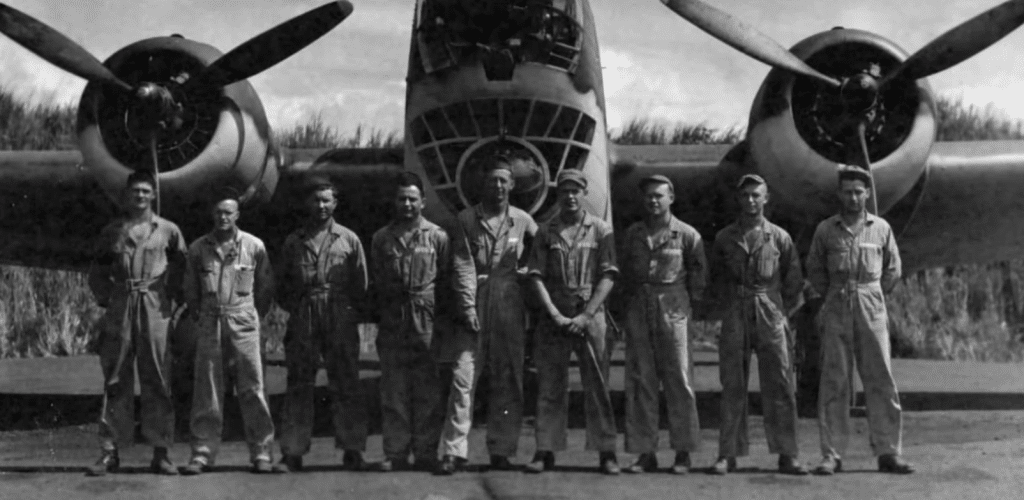
The planes were equipped with Magnetic Anomaly Detectors (MAD), rudimentary radar systems, depth charges, and survival equipment like life vests, life rafts, and flare guns. Crews wore coveralls and carried basic survival tools, such as pistols and emergency rations, knowing the dangers they faced over the vast, unforgiving ocean. Despite the intensive preparation, nothing could fully eliminate the risks awaiting them.
The Challenges of Locating Submarines
In the early stages of the war, before effective radar systems were widespread, detecting submarines was a daunting task. Crews had to rely on sharp eyesight and keen observation to spot telltale signs like periscopes, oil slicks, or wakes on the ocean’s surface. Submarine captains, aware of the dangers from above, often submerged at daylight, making detection even harder.
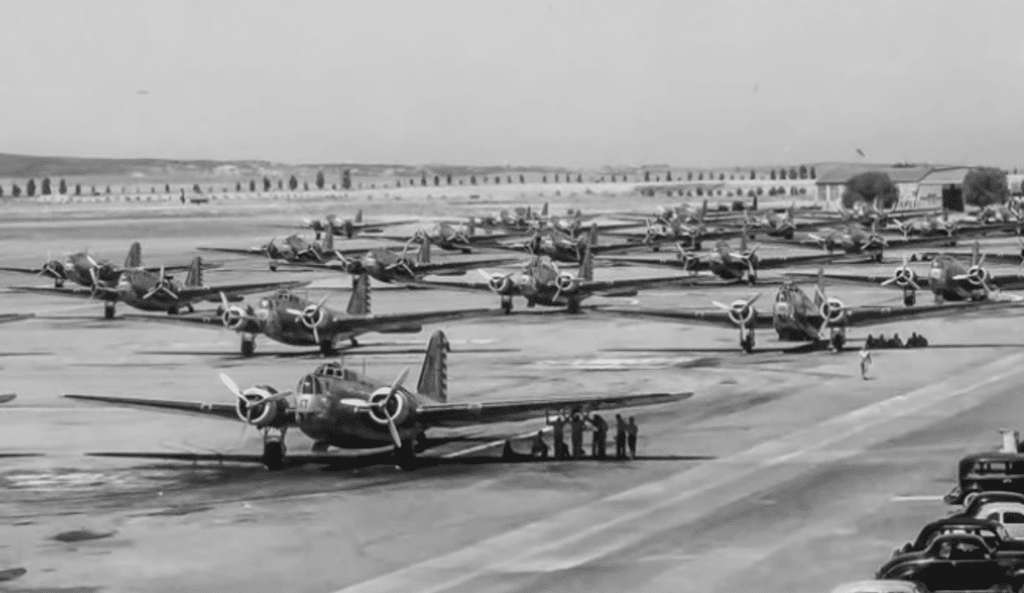
Even when radar became more advanced, the B-18 crews frequently arrived too late, as submarines would crash-dive to avoid detection. Despite these frustrations, the B-18 patrols forced enemy submarines to remain submerged for extended periods, reducing their ability to recharge batteries or attack convoys. The constant presence of patrol aircraft disrupted enemy operations and offered a vital layer of protection for Allied shipping lanes.
Enduring Harsh Weather and Fatigue
The weather over the Atlantic and Caribbean presented relentless challenges. Heavy rain often seeped into the B-18’s aging airframes, leaving crews wet and cold during long missions. Storms reduced visibility, making navigation almost impossible, while turbulence turned flights into physically exhausting ordeals. Crews endured hours of monotony as they scanned the waves for signs of enemy activity.
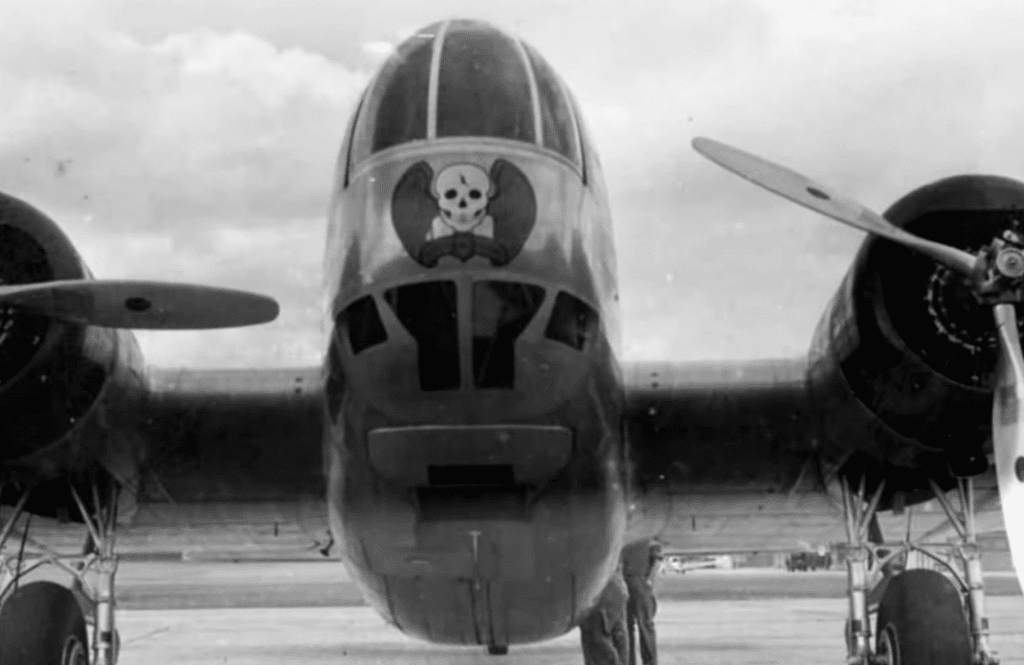
Despite these conditions, crews like those from the 45th Bombardment Squadron stayed vigilant. They understood that a momentary lapse in focus could lead to disaster, whether from navigational mistakes or sudden attacks. Their ability to remain focused in such conditions demonstrated remarkable discipline and determination.
The Attack: Precision and Speed
When a submarine was finally spotted, the response required split-second decision-making. Pilots would dive at full throttle, aiming to release depth charges before the submarine could fully submerge. Accuracy was critical, as depth charges needed to explode close to the target to cause damage.
One notable success came in 1942, when a B-18 equipped with a MAD system helped locate and destroy a German submarine off the U.S. coast. The crew released their depth charges just as the enemy vessel began to dive, resulting in its destruction. Such victories were rare but invaluable in disrupting enemy operations during the early years of the war.
Returning to Base: A Perilous Journey
After hours of patrolling the open ocean, returning to base posed its own dangers. Low fuel levels, stormy weather, and exhausted crews made the final stretch of the mission particularly hazardous. Aircraft approaching from the wrong direction risked being fired upon by anti-aircraft gunners at Allied bases, leaving no room for navigational errors.
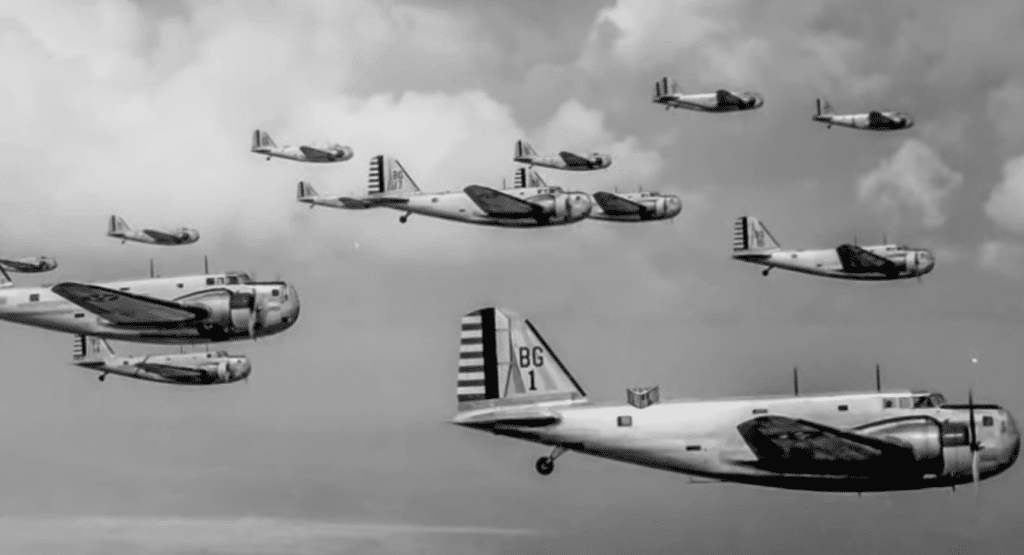
Despite these challenges, the B-18 crews demonstrated exceptional skill and discipline. The 45th Bombardment Squadron, for example, completed over 1,000 patrols, losing only one aircraft to navigational error. Their efforts highlighted their dedication to protecting Allied shipping routes, even under the most difficult circumstances.
The Broader Impact of B-18 Patrols
Although many missions ended without direct encounters with submarines, the psychological impact of the B-18’s presence was significant. For submarine crews, the constant threat of detection forced them to stay submerged longer, limiting their effectiveness. For the Allied crews, the monotony of uneventful patrols was offset by the knowledge that their work safeguarded countless lives and essential supplies.
The experience gained during these missions also prepared many B-18 crews for future roles in advanced bombers like the B-29 Superfortress. While the B-18’s contributions may not have been as celebrated as those of its successors, its role in anti-submarine warfare was a critical part of the larger effort to secure victory in the Atlantic.














